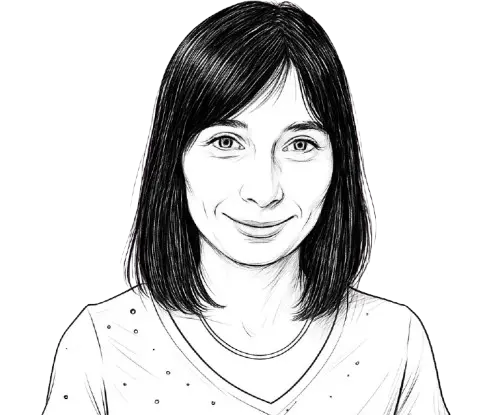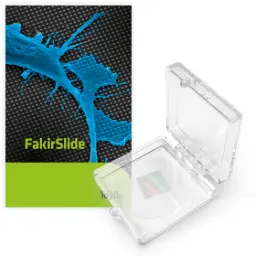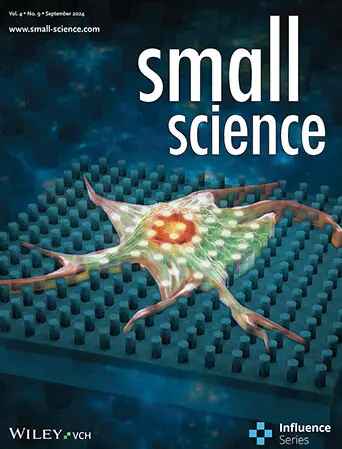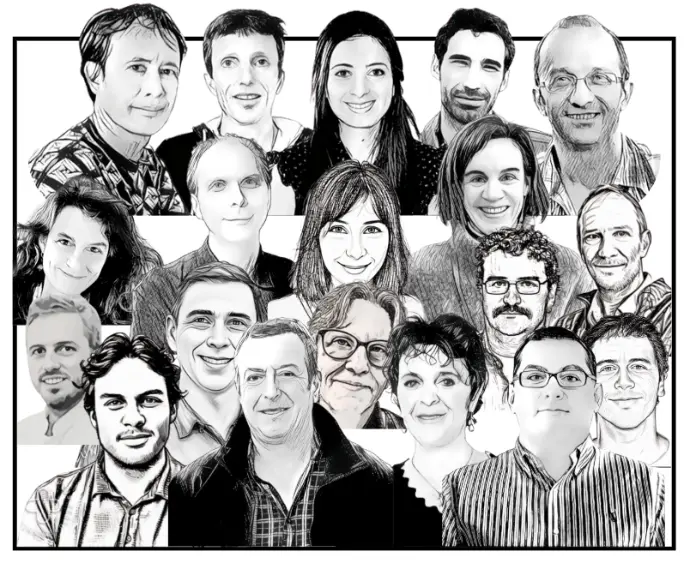
Who is Lauras Picas ?
Laura Picas is a researcher at the Institut de Recherche en Infectiologie de Montpellier (IRIM) - CNRS/Université de Montpellier, specializing in the mechanisms that regulate the spatio-temporal organization of endocytosis in health and disease. Leading her own team at IRIM since 2017 with the support of the ATIP-Avenir program, Laura’s work integrates quantitative cell biology and biophysics approaches to explore cellular membrane dynamics during endocytosis.
Her current research focuses on understanding how the molecular machinery and membrane mechanics regulate endocytic pathways, particularly in the context of viral uptake.. In her scientific journey, Laura Picas collaborated with Adrien Carretero, applying advanced nanostructuring approaches to explore cell mechanics and leading to advancements in cellular imaging and analysis. This collaboraiton resulted in the development of FakirSlide, nanostructured glass coverslips for cell culture & isolated membranes.
Understanding the forces shaping cell deformation on rigid surfaces
The idea for FakirSlide emerged from a simple yet profound question: how can we better understand the mechanisms shaping cell membrane deformation? Laura and her team sought to create an environment that could replicate these deformations at the nanoscale. The answer lay in engineering intricate, nanometric motifs on glass, a material that could interact with cells without compromising their viability.
Through a series of iterative designs and experiments, the team perfected a method to etch precise patterns into glass coverslips. These nanostructured motifs mimic a microscopic “bed of nails,” offering a platform for studying cellular mechanics and membrane behavior with unprecedented clarity.
FakirSlide: The nano-precision tool for cell biology
FakirSlide is not just another glass coverslip, it’s a revolution in cell culture and imaging. Its nanostructured glass surface allows researchers to observe how cells deform, stretch, and react to mechanical stimuli. Thanks to the properties of glass, the deformations applied to the cells are highly robust and reproducible, providing a level of precision that other materials cannot match. With applications ranging from studying isolated membranes to probing cellular adhesion and morphology, FakirSlide opens new doors in cell mechanics research.
Additionally, the method they have developed allows for the generation of highly diverse patterns (nano-cones, nano-domes, squares, circles, etc.) to study a wide range of mechanical stimuli. Whether you are exploring cancer cell migration, immune response, or biomaterial interactions, FakirSlide provides a reliable and innovative solution. It is compatible with high-resolution microscopy techniques, ensuring precise and reproducible data for cutting-edge research.
A New Era for cellular mechanics research
Join the growing community of scientists leveraging this nanostructured innovation to decode the mysteries of cellular behavior.

Laura Picas's FakirSlide publication
2020 | Micro/Nanostructure Engineering of Epitaxial Piezoelectric α-Quartz Thin Films on SiliconQianzhe Zhang, David Sánchez-Fuentes, Rudy Desgarceaux, Pau Escofet-Majoral, Judith Oró-soler, Jaume Gázquez, Guilhem Larrieu, Benoit Charlot, Andrés Gómez, Martí Gich, and Adrián Carretero-Genevrier. ACS Applied Materials & Interfaces 2020 12 (4), 4732-4740DOI: 10.1021/acsami.9b18555

